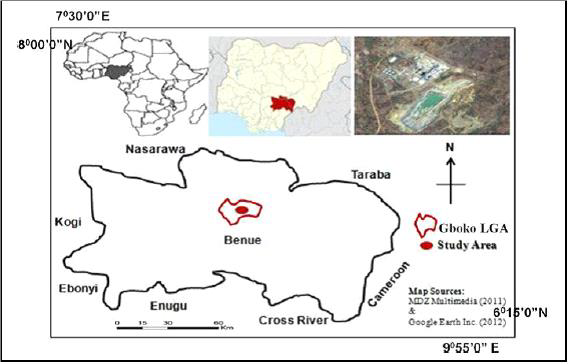Simulation of the influence of cloud density on the removal of particulate matter and gaseous pollutants at the Dangote cement factory by rain
Keywords:
Atmospheric pollution, Rainfall, Particulate matter, Gaseous pollutants, Nonlinear modelingAbstract
This study analyzes the dynamics of atmospheric pollution and its removal by rainfall in an industrial area, with a focus on the relationship between emissions, precipitation, and air quality. Nonlinear mathematical model equations were designed to mimic the interplay between particle and gaseous contaminants, human population density, water vapor, and rainfall. The governing model equations were then solved using the sixth-order Runge-Kutta-Fehlberg technique, which was integrated with the shooting method and the Newton-Raphson method, and numerical simulations were performed using MATLAB software. The results show that rainfall has an important role in pollution reduction, with rain growth rate (q) and cloud droplet creation (k) greatly improving pollutant elimination. However, excessive industrial and urban emissions can saturate this natural cleansing process, resulting in consistently high pollution levels. Increased particulate (Qp) and gaseous (Qg) emissions are associated with poor health outcomes and decreased population density, highlighting the critical need for strict emission limits. Furthermore, water vapor (V) and cloud density (W) help to purify the atmosphere by stimulating raindrop formation; but, excessive pollution can discourage cloud development, limiting rainfall efficiency. The study emphasizes the importance of strong environmental policies, sustainable industrial practices, and proactive pollution management strategies for protecting air quality and public health.

Published
How to Cite
Issue
Section
Copyright (c) 2025 S. M. Shiada, S. D. Igba, O. Shiekar, E. A. Damian

This work is licensed under a Creative Commons Attribution 4.0 International License.




